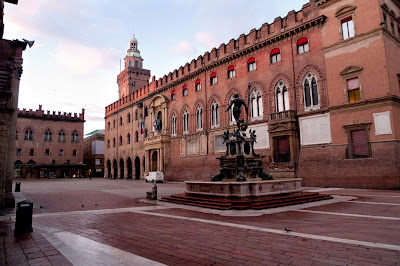This week, we have been submerged into a multilateral simulation surrounding the current state of affairs in Syria. We were given our roles at the close of the day on Monday. I accepted my role as the Foreign Minister to the Islamic Republic of Iran and began to read my top-secret documents and agendas to gain a sense of an initial plan of action for the following morning. That night, everyone familiarized themselves with the details of their role and the situation on the ground.
That was Monday night, the calm before the storm.
We are now two days into the simulation and situations have arisen...
due to failed diplomacy,
the aggressive opposition trying to unite through the formation of a coalition (and thus fallout from complications due to ideological impracticalities),
ecological disasters emerging from anonymous attacks on the country's main source of drinking water,
cries from the Red Cross to the international community falling on deaf ears (humanitarian crisis--- where?),
whisperings of coup attempts to overthrow the Beladushami regime,
underhanded agreements with the arms dealer after pledging loyalty on the surface to certain parties,
seizing of war planes in sabotage efforts,
accusations of chemical warfare,
mistakes made in policy due to confusion of the limits/responsibilities of peoples' roles,
and the assassination of regime president Alkier and his brother, Major General Fadi by the Rashidun Front (essentially Al-Qaeda) backed by prominent Beladusham business man Mohammad Fayd, cousin to now-deceased President Alkier...
Suffice it to say that we have some issues to work out. But further, we have the makings of a very complicated, intricate process... a process that comes with a heavy burden-- pull a string, and the tapestry unravels a bit more. Pull another string and the artwork becomes less masterful, more chaotic. Keep tugging and you soon have threads.
Understanding the weight of the simplest decision becomes critical in simulations like this-- and also, in thinking about how things were to "play out" as it were in reality. The Beladusham regime is supposed to be enough of a departure from the current situation in Syria so as to create a perception that our maneuvers, power struggles, and aims are hypothetical to the game itself. Yet, this simulation speaks volume about the current futility of the situation in Syria and the lack of a "mutually hurting stalemate" (the academic jargon is catchy, no?) which breaks my heart. The internal actors struggle to be heard above the thundering din of their international cohorts, each armed with a personal agenda for the country, future relations with the country, religious factions within the country maintaining credibility in regime change, etcetera etcetera ad nauseum.
What proves to be a foundational truth time and again in witnessing the inherent power of these simulations is that there is a de-emphasis on the humanism needed to understand the weight of loss-- or suffering-- of yanking a nation's people around due to fear of losing your own credibility as a nation. This distancing is in part, I argue, why perceptions of victory and defeat come to play and why wars become spirals of chaotic "give and take." (Everyone should read Sun Tzu's The Art of War) I lament for the civilians in Syria yet it is not sufficient to use that word-- lament. No word is sufficient.
I have learned much from my personal role as the Foreign Co-Minister of Iran, and further learned lessons from making decisions that align with my understanding of the concept of 'conditional good'. I have gained further insight and wisdom into reactions of my peers, especially under duress (or when presented with unexpected conditions) and am interested to see where our simulation will "end up" tomorrow, during our last day to try and patch relations, build trust, and establish outcomes.











